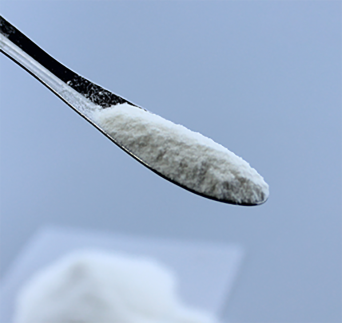
Dec . 15, 2024 23:12 Back to list
Exploring the Applications and Benefits of Hydroxyethyl Cellulose in Various Industries
Understanding Hydroxyethyl Cellulose (HEC) Properties, Applications, and Benefits
Hydroxyethyl Cellulose (HEC) is a water-soluble polymer derived from naturally occurring cellulose, a primary component of plant cell walls. With its unique properties and diverse applications, HEC has garnered significant attention in various industries, including pharmaceuticals, cosmetics, food, and construction. This article delves into the characteristics of HEC, its industrial applications, and the benefits it offers.
Properties of Hydroxyethyl Cellulose
HEC consists of hydroxyethyl groups attached to the cellulose backbone. This modification enhances its solubility in water, making HEC a versatile ingredient in many formulations. The key properties of HEC include
1. Thickening Agent HEC is an effective thickening agent that increases the viscosity of solutions without substantially altering their clarity. This characteristic is essential in applications where texture and consistency are crucial.
2. Film-Forming Ability The polymer can create a thin film when applied to surfaces, providing a protective layer. This film-forming ability is beneficial in cosmetic products, as it helps to lock in moisture and enhance the performance of formulation.
3. Stability HEC is stable over a wide range of pH levels and temperatures, making it suitable for various industrial applications. Its stability ensures that formulations retain their efficacy and texture over time, even under challenging conditions.
4. Biodegradability As a cellulose derivative, HEC is biodegradable, which aligns with the increasing demand for environmentally friendly products in today's market.
Applications of Hydroxyethyl Cellulose
Due to its unique properties, HEC finds applications across multiple industries
1. Pharmaceuticals In the pharmaceutical sector, HEC is used as a binder in tablets, a stabilizer in suspensions, and a controlled-release agent. Its ability to improve the texture and stability of formulations enhances the overall performance of pharmaceutical products.
hydroxyethyl cellulose hec

2. Cosmetics and Personal Care HEC is widely utilized in cosmetic formulations, such as creams, gels, lotions, and shampoos. Its thickening and film-forming properties contribute to the texture, stability, and moisturizing characteristics of cosmetic products, making it a preferred ingredient among formulators.
3. Food Industry In food applications, HEC acts as a thickener and stabilizer in sauces, dressings, and other culinary products. Its ability to improve the mouthfeel and texture of food products enhances consumer experience.
4. Construction HEC is employed in construction materials, such as mortars, adhesives, and tile grouts. It improves the workability, water retention, and adhesion of these materials, which is vital for ensuring durability and performance in construction projects.
Benefits of Using Hydroxyethyl Cellulose
The incorporation of HEC into formulations offers several benefits
1. Enhanced Performance HEC improves the viscosity and stability of various products, leading to enhanced performance in applications ranging from personal care to construction.
2. Versatility The ability of HEC to adapt to different formulations makes it a highly versatile ingredient, allowing formulators to innovate and develop new products effectively.
3. Consumer Appeal With the growing emphasis on sustainability and environmentally friendly products, the biodegradable nature of HEC aligns well with consumer preferences, making it an appealing choice for manufacturers.
4. Texture Improvement The addition of HEC can significantly improve the texture of products, providing a superior feel and appearance that enhances user satisfaction.
Conclusion
Hydroxyethyl Cellulose (HEC) stands out as a valuable ingredient in several industries due to its unique properties and versatility. From pharmaceuticals to cosmetics, food, and construction, HEC enriches formulations, ensuring they meet high performance standards while catering to consumer demands for sustainable and effective products. Its ability to stabilize, thicken, and film-form, combined with its biodegradability, positions HEC as a sought-after polymer in today’s ever-evolving market. As industries continue to innovate, the role of HEC is likely to expand, offering exciting possibilities for future applications.
-
Versatile Hpmc Uses in Different Industries
NewsJun.19,2025
-
Redispersible Powder's Role in Enhancing Durability of Construction Products
NewsJun.19,2025
-
Hydroxyethyl Cellulose Applications Driving Green Industrial Processes
NewsJun.19,2025
-
Exploring Different Redispersible Polymer Powder
NewsJun.19,2025
-
Choosing the Right Mortar Bonding Agent
NewsJun.19,2025
-
Applications and Significance of China Hpmc in Modern Industries
NewsJun.19,2025







